18 Wild Animals in Kyrgyzstan [Wildlife in Kyrgyzstan]
Want to know more about the wildlife in Kyrgyzstan?
Discover 18 wild animals in Kyrgyzstan in this post, as well as interesting facts about them. 🇰🇬
Learn All About Kyrgyz Animals
Ready to learn all about Kyrgyz animals?
I’ve always been fascinated by animals, and by how they can be so different from one country to another. In this guide, we’ll focus on the many animals Kyrgyzstan has on the land, in the sky, and underwater.
I’ve split the guide into 6 categories:
- Native animals from Kyrgyzstan
- Endangered animals of Kyrgyzstan
- What is Kyrgyzstan national animal?
- How many animals native to Kyrgyzstan?
- Are there tigers in Kyrgyzstan?
- Are there snakes in Kyrgyzstan?
Let’s dive in right away with our first category!
Native Animals from Kyrgyzstan
Kyrgyzstan is a landlocked Asian country located in the central part of the continent. It is almost entirely a Muslim country, although, throughout its history, it has seen many different empires and cultures, and its official languages are both Russian and Kyrgyz. It is bordered by Tajikistan, China, Uzbekistan, and Kazakhstan, and its capital and largest city is Bishkek, which counts more than 1,074,000 inhabitants.
An interesting part of the country that I wanted to tackle is its wildlife. In light of that, I have listed the best of it, and I hope you will love learning what animals live in Kyrgyzstan.
Here’s the Kyrgyzstan animals list.
1. Pallas’s cat
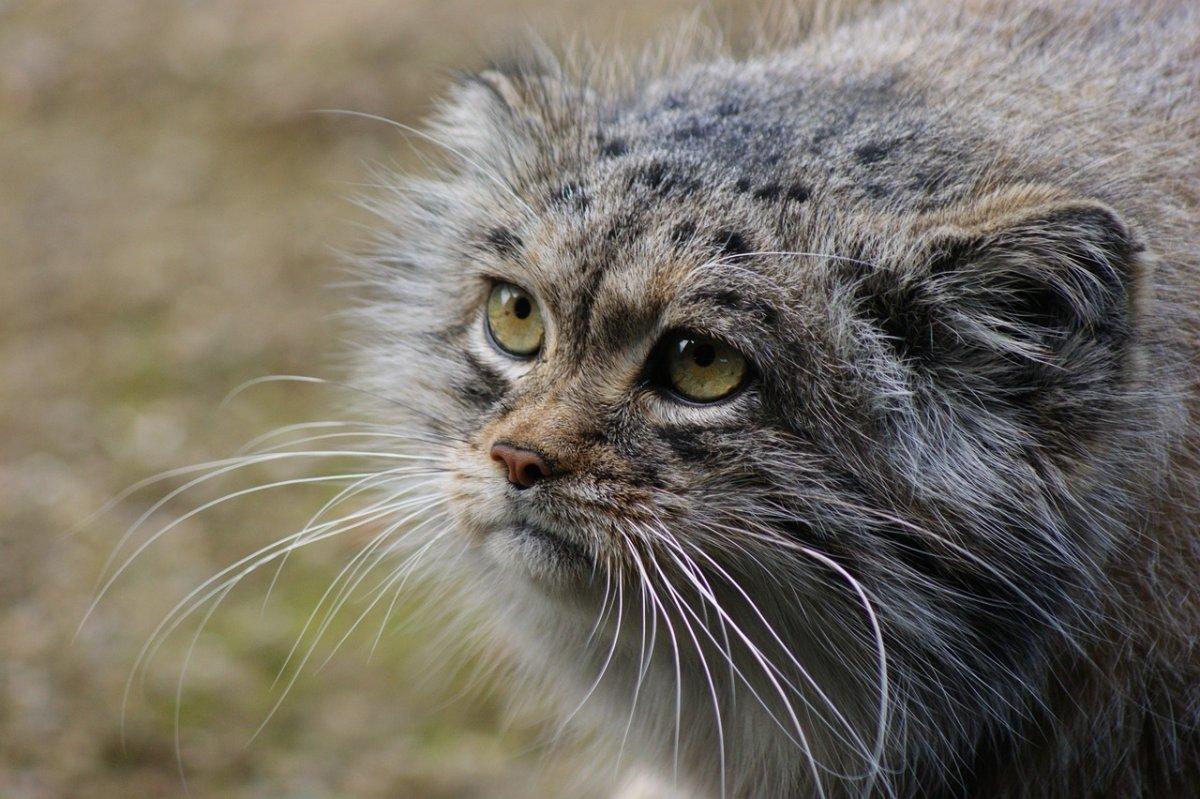
- Name: Pallas’s cat
- Scientific name: Otocolobus manul
- Conservation status:
The Pallas’s cat, also known as the manul, is a small species of wild cat native to much of Central, West, and East Asia, and kept in numerous zoos since the beginning of the 1950s. It hides in burrows and rock crevices and mostly feeds on rodents, rabbits, and hares.
Although listed as least concern, some Pallas’s cat populations are seriously threatened by poaching, the decline of prey, and habitat fragmentation because of infrastructural expansion and mining.
2. Siberian roe deer
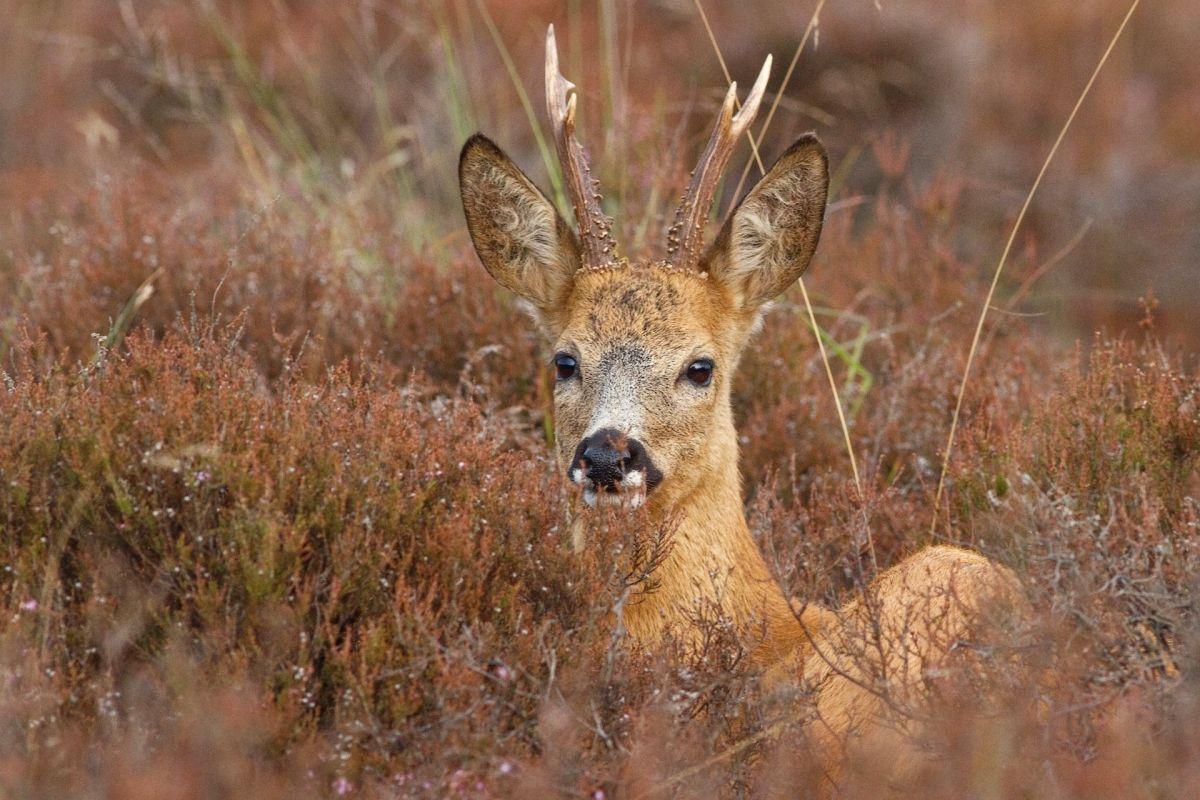
- Name: Siberian roe deer
- Scientific name: Capreolus pygargus
- Conservation status:
The Siberian roe deer, also known as the Asian roe or the eastern roe deer, is a species of deer native to northeastern Asia and introduced to countries such as Kyrgyzstan, Tibet, Korea, Kazakhstan, and China.
This mammal was also first described by Peter Simon Pallas at the end of the 18th century, and it has long antlers. It feeds on several hundreds of species of plants and has a lower metabolic rate during the winter.
3. Brown bear
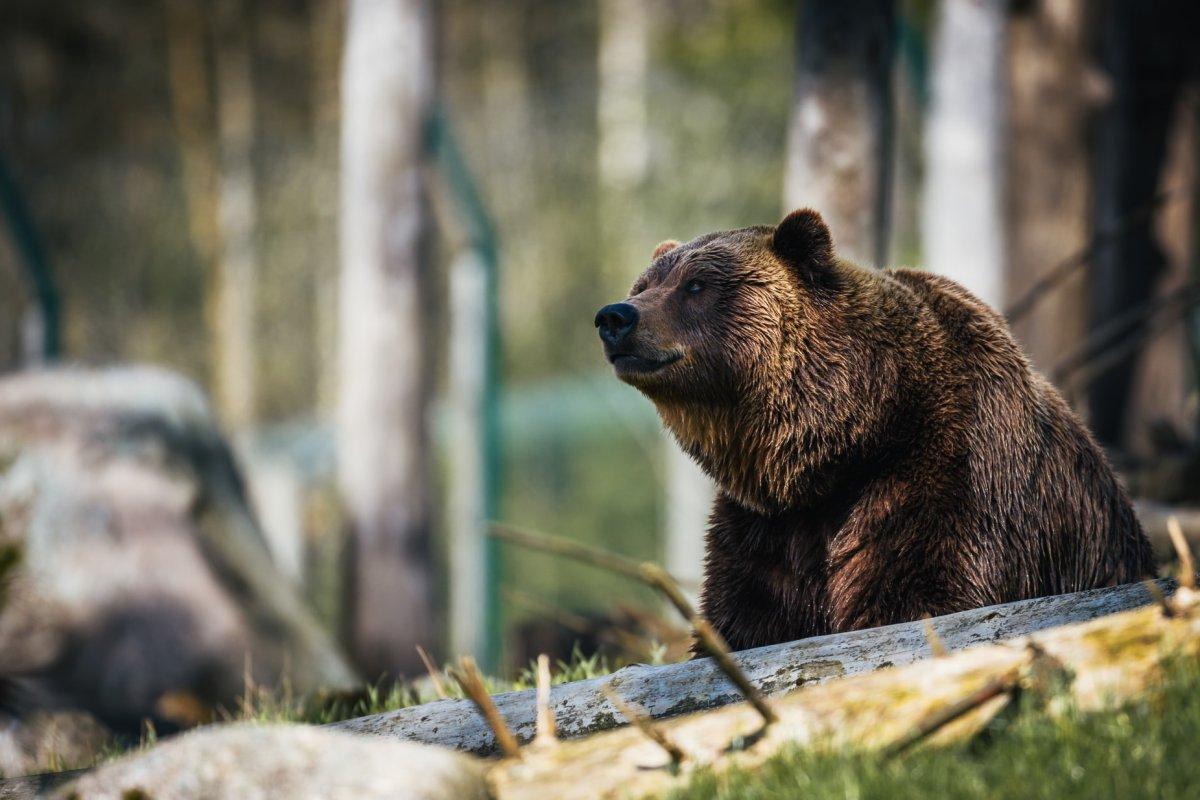
- Name: Brown bear
- Scientific name: Ursus arctos
- Conservation status:
The brown bear is one of the most common and widely known mammals in all of Eurasia. It is the second-largest terrestrial carnivore after its close relative, the polar bear, and it has many subspecies spread throughout much of the Northern Hemisphere: for instance, it is called the grizzly bear in North America.
This bear used to have a much wider range, and it is facing local extinctions in some areas.
4. Goitered gazelle
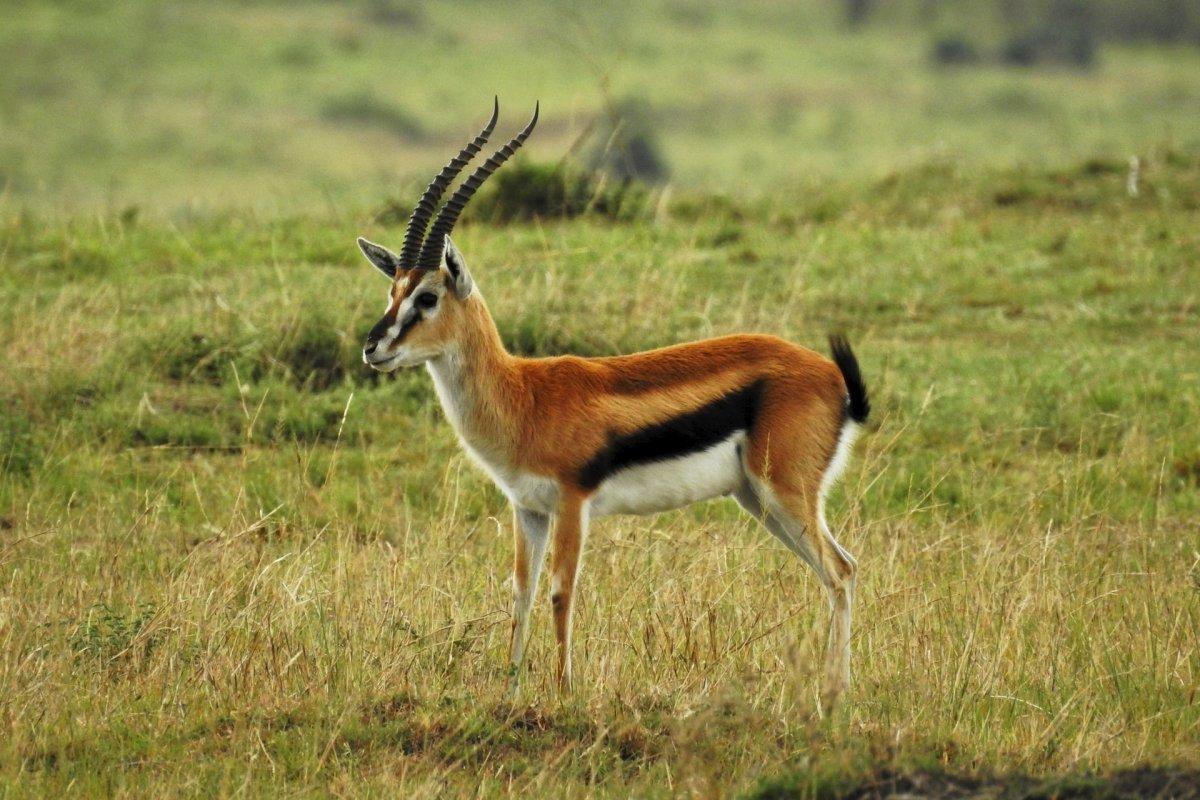
- Name: Goitered gazelle
- Scientific name: Gazella subgutturosa
- Conservation status:
Maybe you did not expect to find gazelles in Asia, but the steppes of Central Asia are absolutely ideal for the goitered gazelle, also known as the black-tailed gazelle.
This species can be found in Kyrgyzstan, Kazakhstan, Iraq, Afghanistan, and Turkmenistan, among other countries, and inhabits gravel and sand plains, as well as limestone plateau. It migrates seasonally and can cover up to 30 km / 18.6 mi per day in the winter.
5. Eurasian lynx
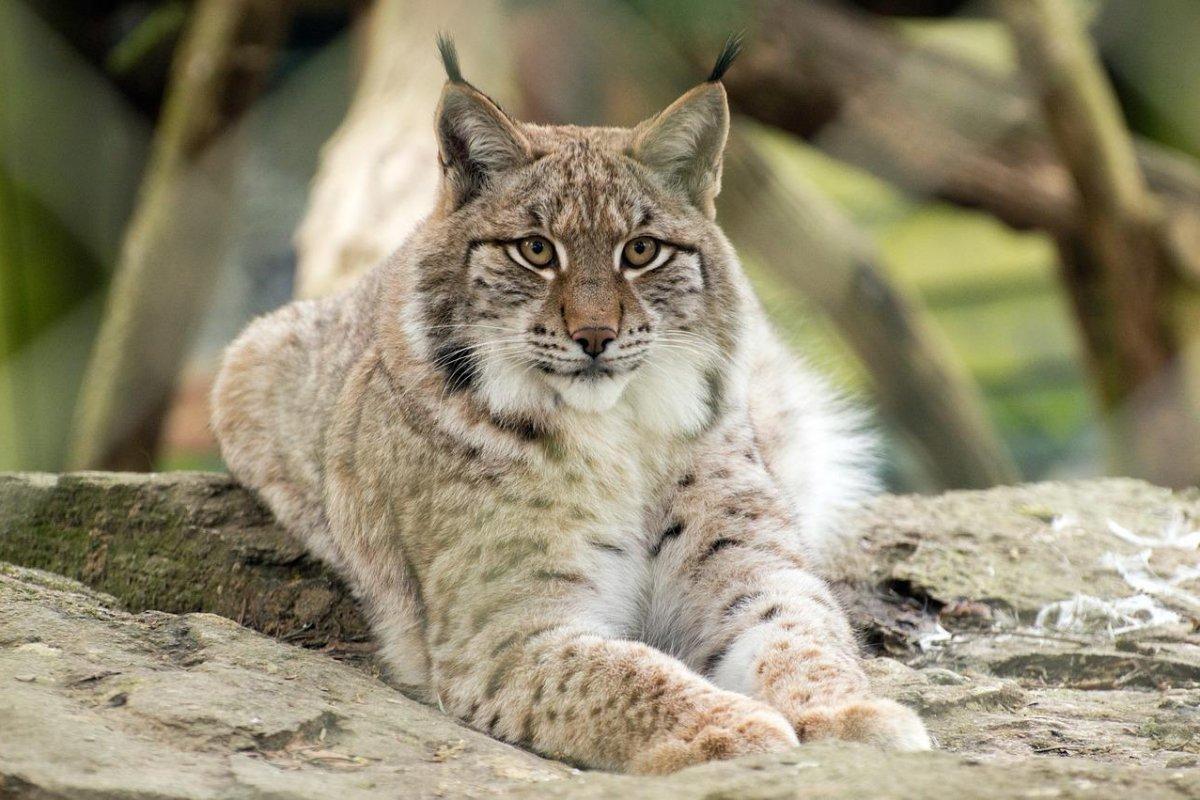
- Name: Eurasian lynx
- Scientific name: Lynx lynx
- Conservation status:
The Eurasian lynx is a medium-sized species of wild cat distributed throughout much of Eurasia, from Central Europe and Scandinavia to northern Russia and the Himalayas. It inhabits boreal and temperate forests, at elevations of up to 5,500 m / 18,000 above sea level.
This wild cat is particularly elusive and alert and is seriously threatened by poaching, depletion of prey, and habitat fragmentation and loss, albeit being listed as least concern.
6. European bison
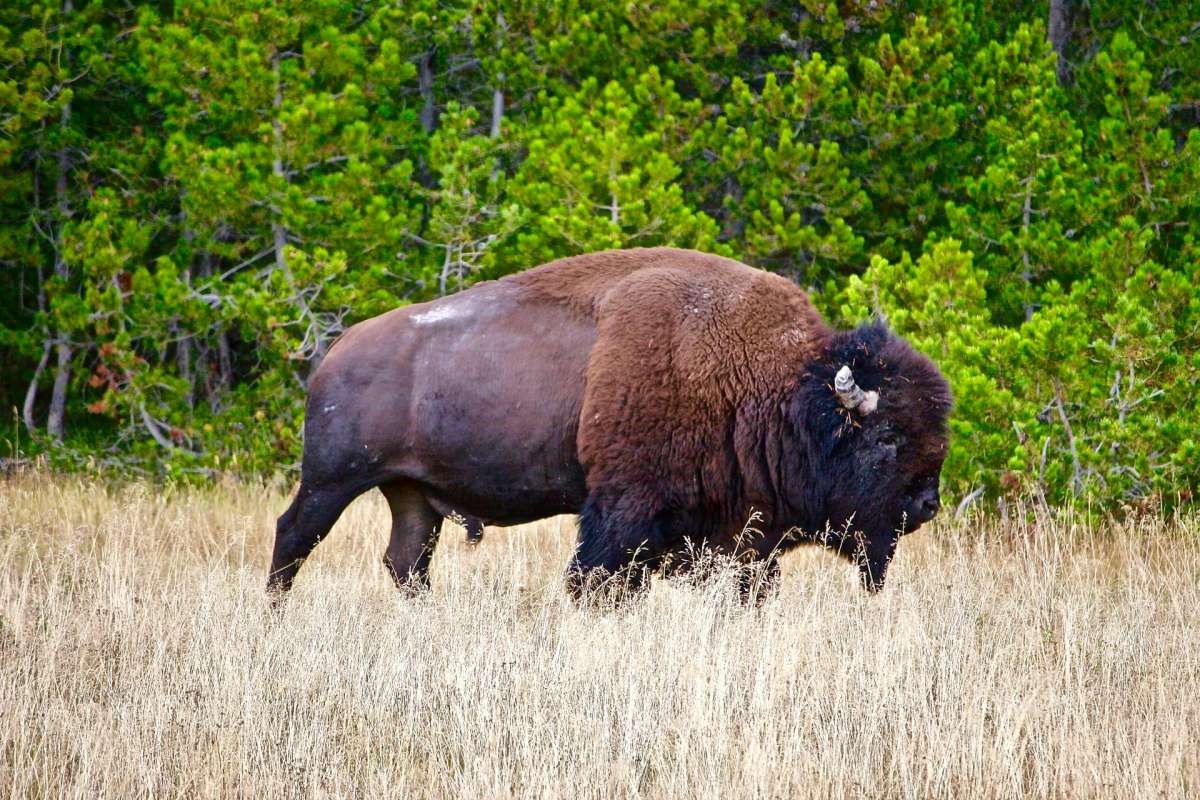
- Name: European bison
- Scientific name: Bison bonasus
- Conservation status:
The European bison, also known as the wisent, the zubr, the European buffalo, or the European wood bison, is a larger species of bovid, and one of two species of bison in the world, alongside its famous North American counterpart, the American bison.
This mammal became extinct in most of Europe and Asia at the end of antiquity and the Middle Ages, and survived in specific areas of the Caucasus Mountains and northern-central Europe; it has been introduced to Kyrgyzstan.
7. Eurasian otter
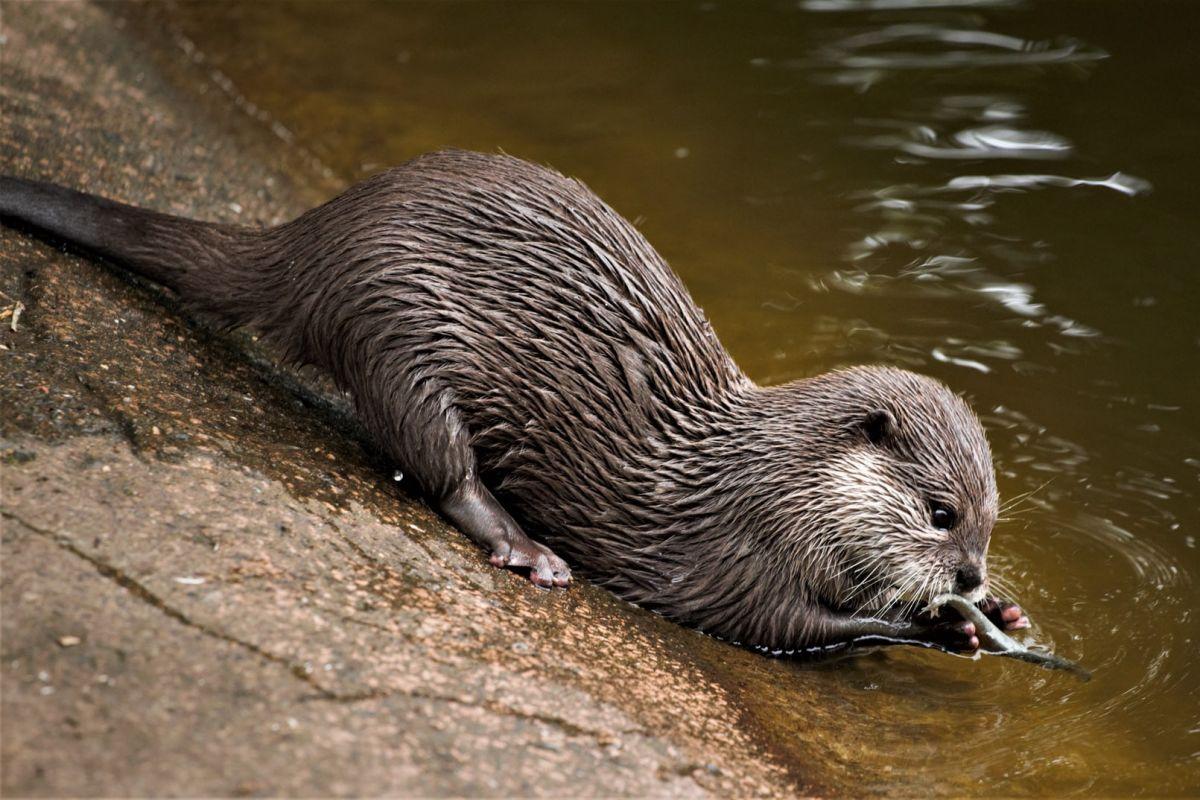
- Name: Eurasian otter
- Scientific name: Lutra lutra
- Conservation status:
The Eurasian otter, also known as the Old World otter, the Eurasian river otter, or the common otter, is a species of semi-aquatic mammal native to most of Eurasia. It can be found in northwestern Africa and southwestern Europe to northeastern China and Russia.
This species lives in the coasts and waterways of Europe, in freshwater, and mostly feeds on fish. It is strongly territorial and can be a very tough opponent.
8. Himalayan vulture
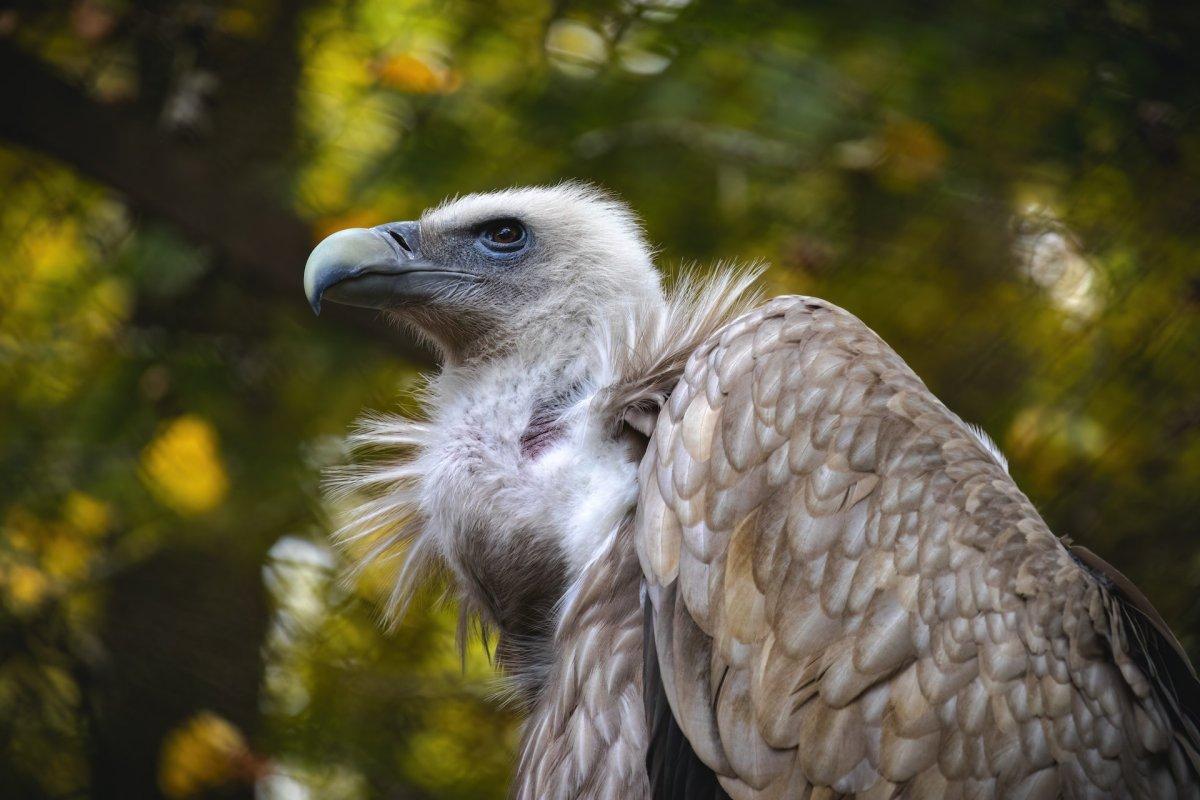
- Name: Himalayan vulture
- Scientific name: Gyps himalayensis
- Conservation status:
The Himalayan vulture, also known as the Himalayan griffon vulture, is a species of Old World vulture native to the Himalayas and the Tibetan Plateau. It is one of the two largest species of Old World vultures and raptors and is considered near threatened because of poisoning.
This vulture is a scavenger and perches on crags before soaring over the mountains to find carcasses of yaks. In some local cultures, human corpses are left on a mountaintop to be eaten by Himalayan vultures.
9. Steppe eagle
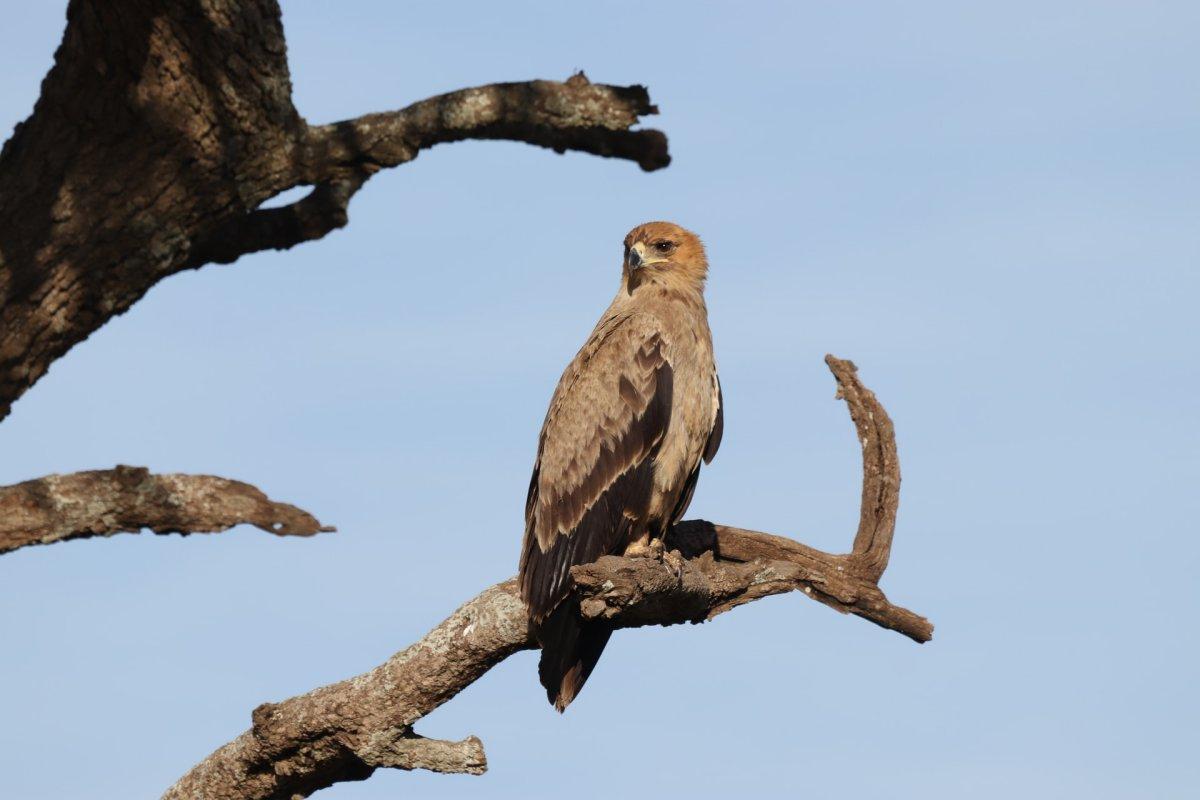
- Name: Steppe eagle
- Scientific name: Aquila nipalensis
- Conservation status:
The steppe eagle is a large species of bird of prey that can be found in southern and eastern Africa, the Middle East, the Indian subcontinent, and West, East, and Central Asia, depending on the season.
It is seriously threatened by steppe fires, pests around its nest, persecution, and collision with electrical pylons. Because of these factors, the global population of the steppe eagle has rapidly declined by more than half in only a few years.
10. Siberian ibex
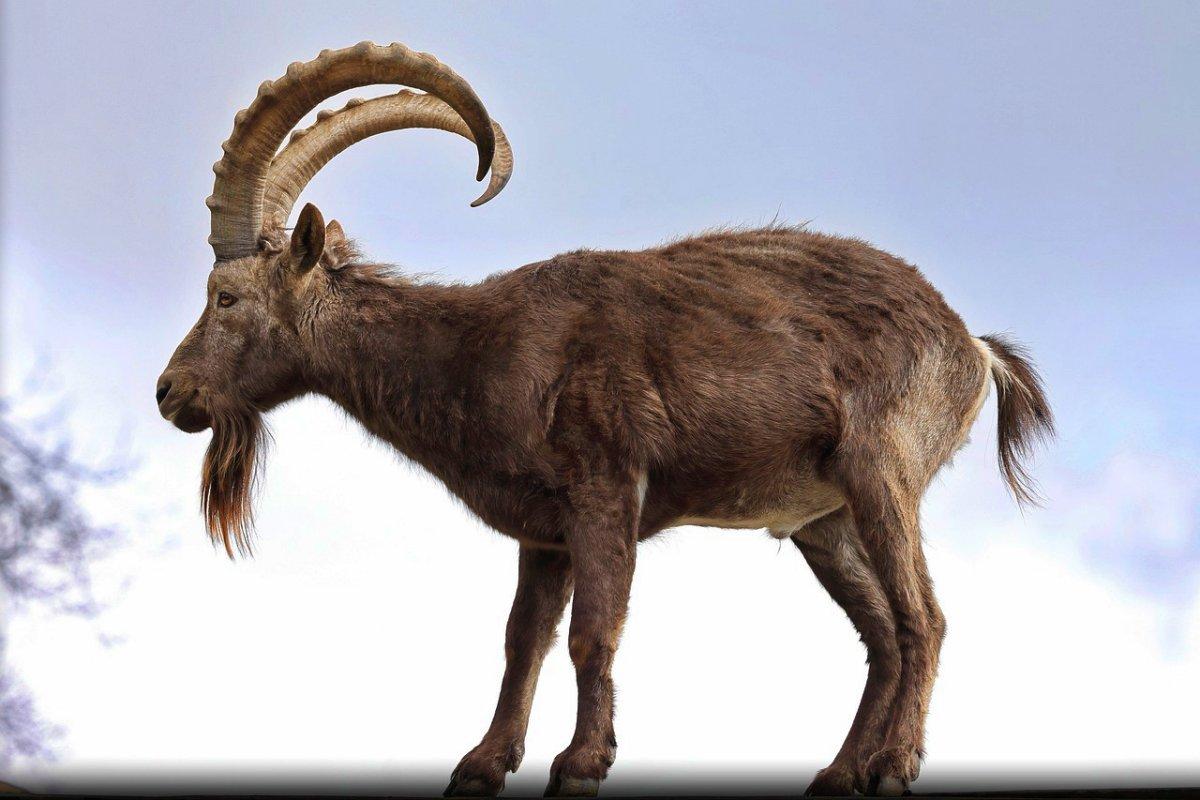
- Name: Siberian ibex
- Scientific name: Capra sibirica
- Conservation status:
The Siberian ibex, also known as the Himalayan ibex, the Mongolian ibex, the Tian Shan ibex, or the Central Asian ibex, is a species of wild goat native to Central Asia. It is not entirely sure whether this ibex is distinct from the Alpine ibex, but it is a species on its own for now.
This wild goat is large and stockily built, and lives in the heights, well above the treeline. There, it feeds on alpine grasses and herbs, and its main predators are the dholes, the Himalayan wolves, the brown bears, and the snow leopards.
11. Snow leopard
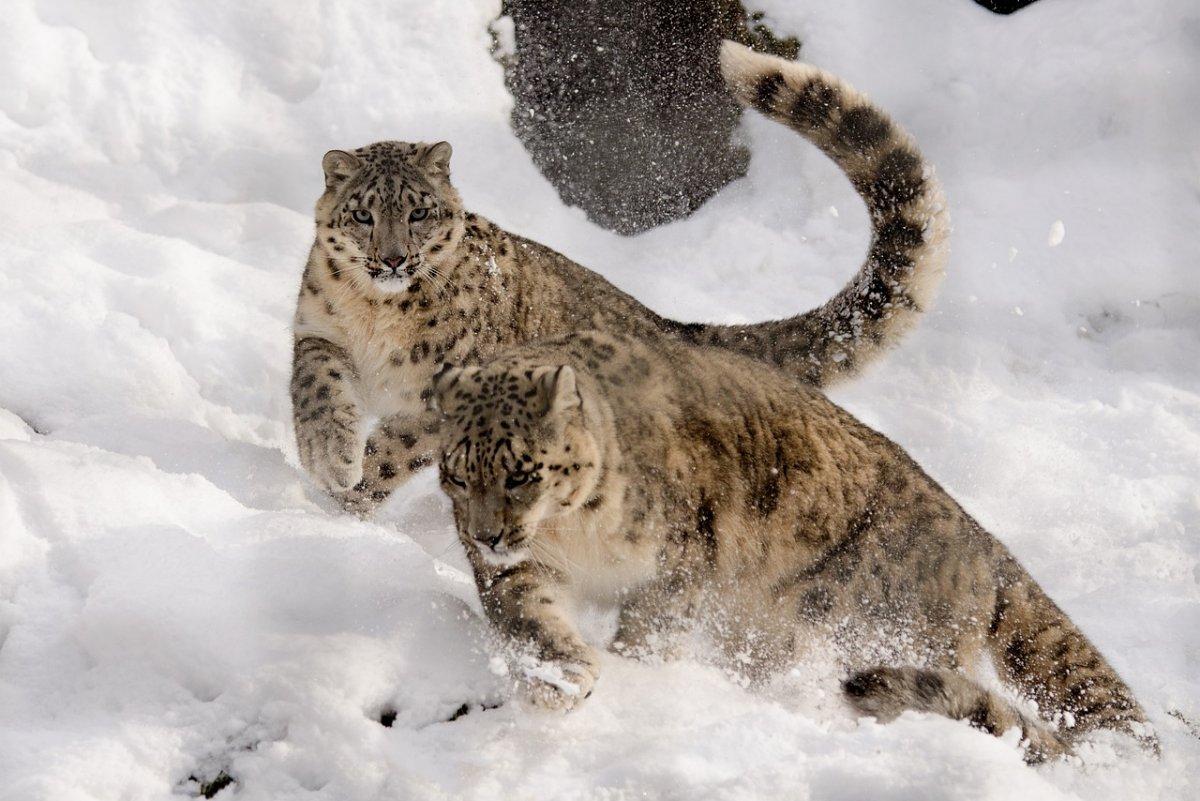
- Name: Snow leopard
- Scientific name: Panthera uncia
- Conservation status:
Speaking of the predators of the Siberian ibex, here is a powerful one: the snow leopard, also known as the ounce.
This large species of wild cat can be found at the heights of mountains in Central and South Asia. It is severely threatened by poaching and habitat destruction, and its numbers are expected to decline by more than 10 percent in the next 20 years. For now, there are fewer than 10,000 mature individuals left in the wild.
12. Tian Shan wapiti
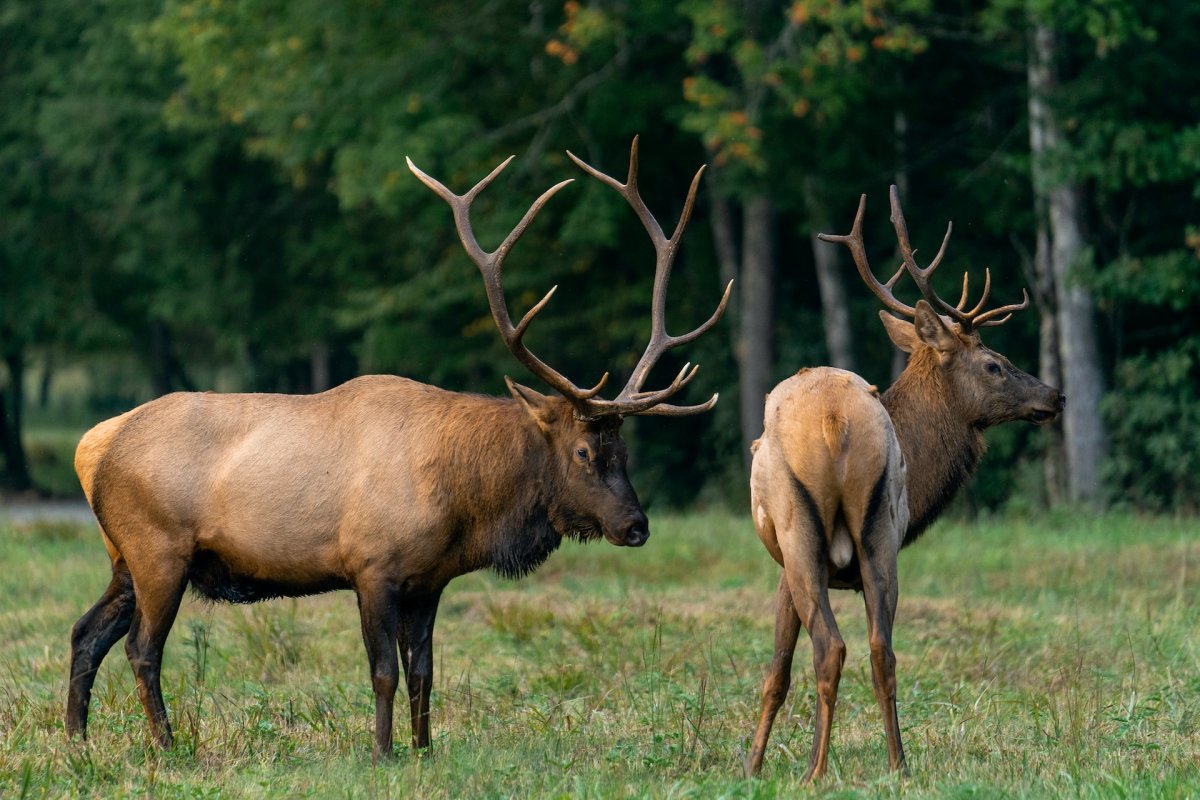
- Name: Tian Shan wapiti
- Scientific name: Cervus canadensis songaricus
- Conservation status:
The Tian shan wapiti, also known as the Tian Shan maral or the Tian Shan elk, is a subspecies of the wapiti, one of the largest deer species.
This mammal is native to the Tian Shan Mountains in the eastern parts of Kyrgyzstan, as well as Kazakhstan and China. It is the largest Asian subspecies of the wapiti, both in body size and antlers. Although there are about 50,000 individuals, their numbers are rapidly declining.
13. Caucasian badger
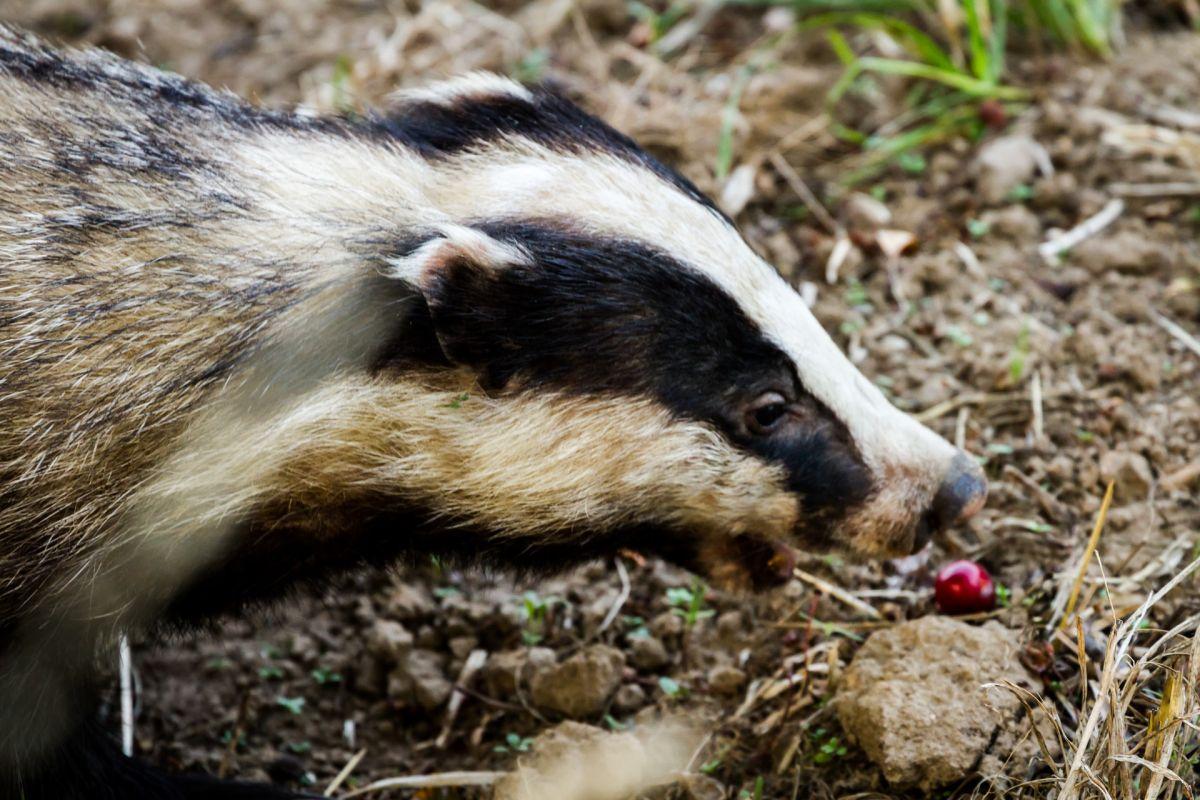
- Name: Caucasian badger
- Scientific name: Meles canescens
- Conservation status:
The Caucasian badger, also known as the Southwest Asian badger, is a species of badger native to Western Asia and some islands in the Mediterranean Sea. It is further divided into several subspecies, namely the Cretan badger, the Rhodes badger, the Fergana badger, and the Transcaucasian badger.
Previously considered a subspecies of the European badger, both species diverged from each other several hundred thousand years ago.
14. Glossy ibis
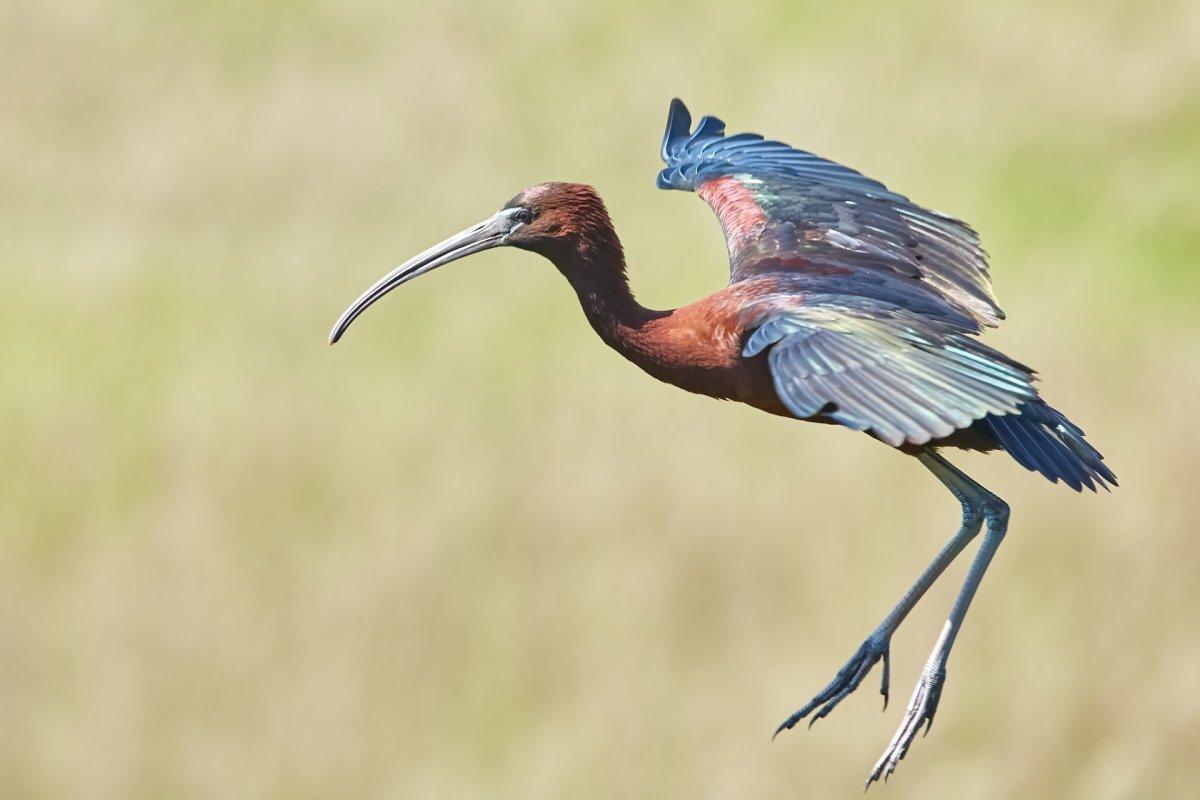
- Name: Glossy ibis
- Scientific name: Plegadis falcinellus
- Conservation status:
The glossy ibis is a species of water bird that can be found on almost every continent, since it either breeds or migrates to parts of North and Central America, sub-Saharan Africa, Australia, the Indian subcontinent, and Central Asia.
When it comes to feeding, the diet of the glossy ibis is mostly made of mollusks, leeches, beetles, and other insects. It gets its name from its particularly bright and colorful plumage.
15. Dhole
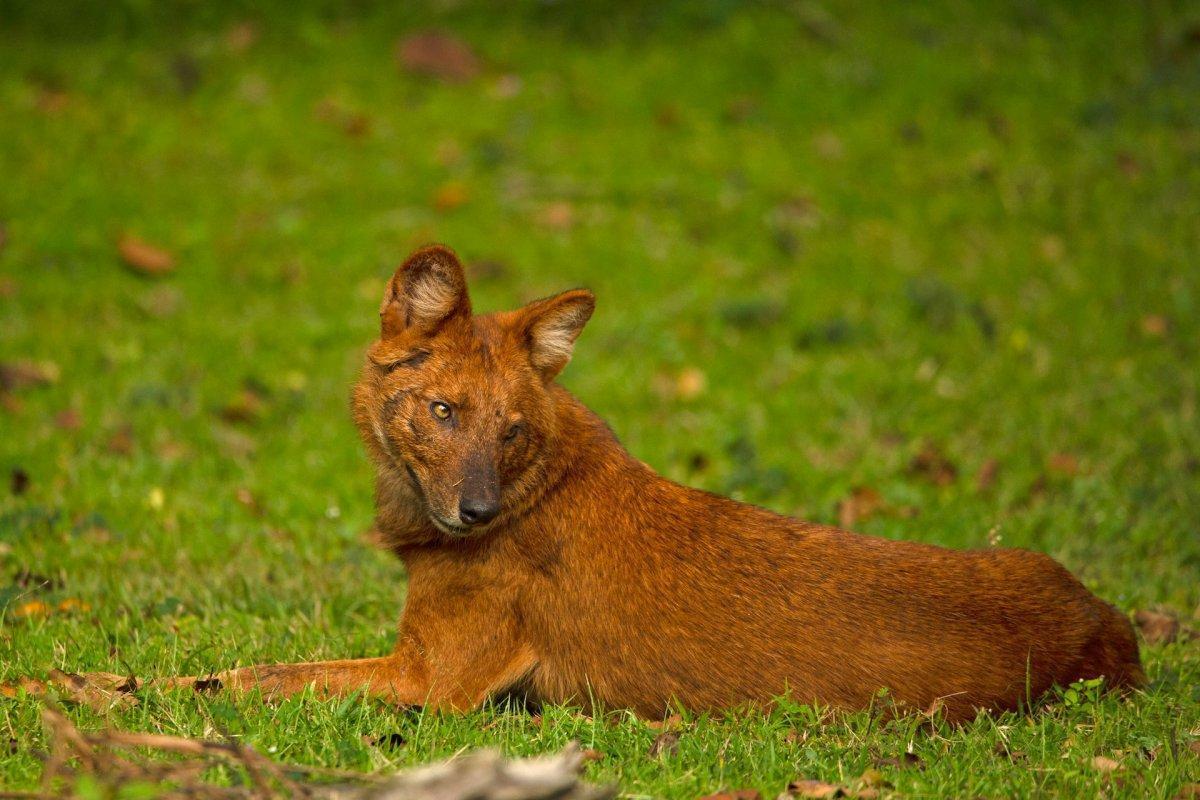
- Name: Dhole
- Scientific name: Cuon alpinus
- Conservation status:
The dhole, also known as the Asian wild dog, the mountain wolf, the whistling dog, or the red dog, is a species of wild canine native to much of Asia.
This wild dog is highly social, and lives in clans of 12 to 40 individuals, without any hierarchy. It preys as a group on medium- and large-sized ungulates, and only competes with the tiger and the leopard in tropical forests. It is considered endangered because there are fewer than 2,500 mature individuals left in the wild, mostly due to habitat loss, the decline of prey, and persecution.
16. Corsac fox
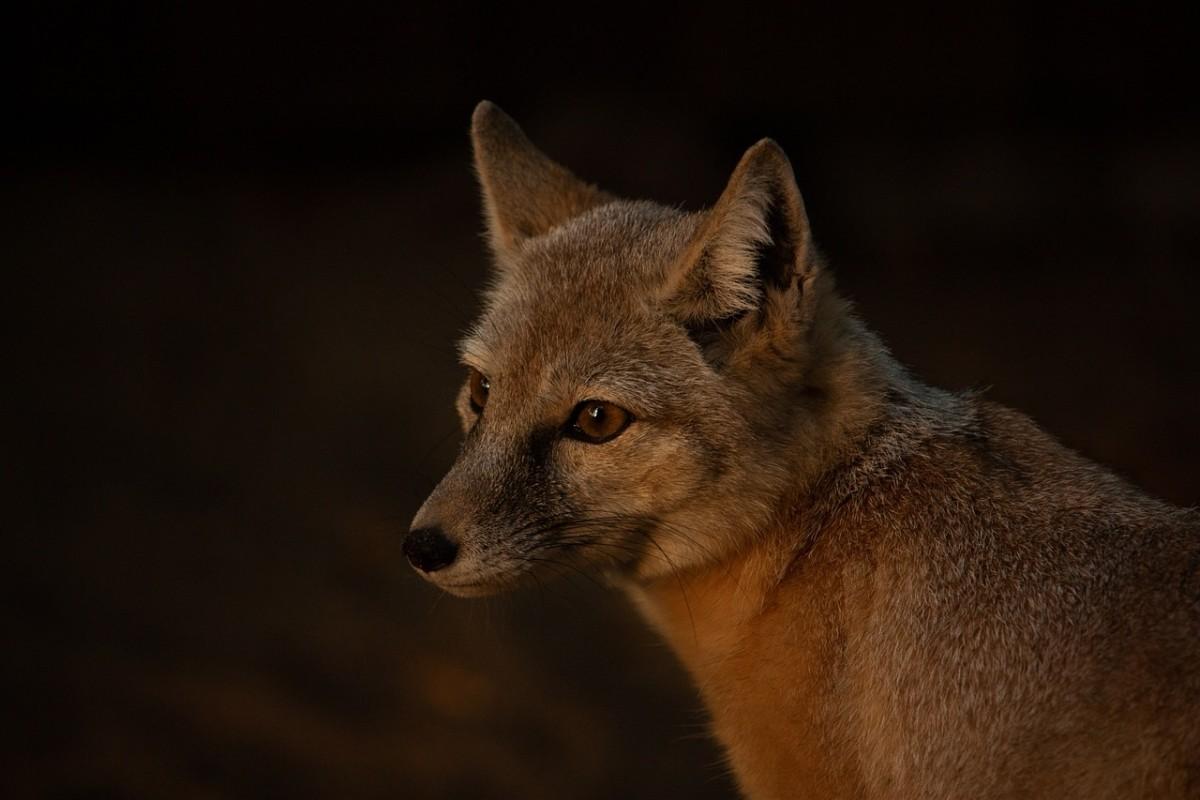
- Name: Corsac fox
- Scientific name: Vulpes corsac
- Conservation status:
The corsac fox, also known as the corsac or the steppe fox, is a medium-sized species of fox that can be found in steppes, deserts, and semi-deserts of Central Asia. Although listed as least concern, its numbers greatly vary, as they can drop tenfold in a single year!
This fox can forego food and water for long periods of time, and it has a sandy or gray coat, which is why it is particularly adapted to arid areas. Its main predators are wolves, eagles, and buzzards.
17. Steppe wolf
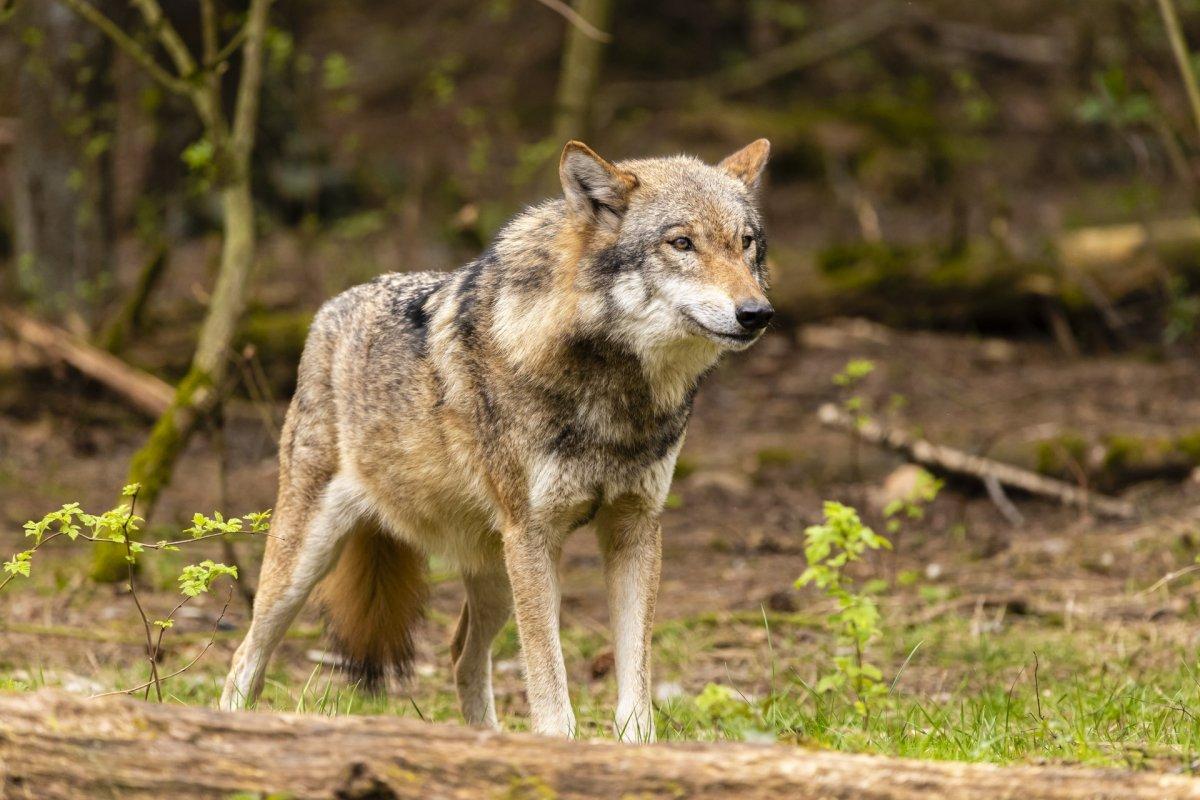
- Name: Steppe wolf
- Scientific name: Canis lupus campestris
- Conservation status:
The steppe wolf, also known as the Caspian Sea wolf, is a subspecies of the gray wolf native to the Caspian steppes, as well as the Caucasus and other parts of Central and West Asia.
It gave its name to the famous novel “der Steppenwolf”, which is its German name, and it is known to carry rabies; because it is particularly close to domestic animals, reliable vaccination is highly recommended within the range of this wolf.
18. Long-eared hedgehog
- Name: Long-eared hedgehog
- Scientific name: Hemiechinus auritus
- Conservation status:
The long-eared hedgehog is, as its name suggests, a species of the hedgehog with unusually long ears. It is native to several Central Asian countries, as well as some areas of the Middle East, and it lives in burrows that it either makes or finds.
This hedgehog is an insectivore, but it also feeds on plants and small vertebrates. It has been recorded to live for more than 7 years in captivity and can carry dangerous diseases such as the plague.
—
So there you have them, these were my 18 wild animals in Kyrgyzstan. I hope you enjoyed this list and that you learned something new today.
In case you want to learn more about Kyrgyzstan wildlife, feel free to keep reading, as I still have lots of things to tell you about:
Endangered Animals of Kyrgyzstan
This is definitely the saddest part of the list, but it is very important to raise awareness. Because of this, let’s go through the list of endangered animals in Kyrgyzstan.
Here are the animals in danger of extinction in Kyrgyzstan.
- None
- Sociable lapwing
- Steppe eagle
- Egyptian vulture
- Dhole
- Saker falcon
- White-headed duck
- and 7 more…
To see the full list of endangered species in Kyrgyzstan, head over to the International Union for Conservation of Nature’s Red List.
What is the National Animal of Kyrgyzstan?
The national animal of Kyrgyzstan is the markhor.
Also known as the screw-horned goat or the screw horn, the markhor is a large species of goat native to Central Asia, the Himalayas, and the Karakoram range.
It is also the national animal of Pakistan and holds an important place in Central Asian culture. It is believed to kill and eat serpents in folklore, which is how it got its name: “mâr” – “khor” literally means snake eater in Persian.
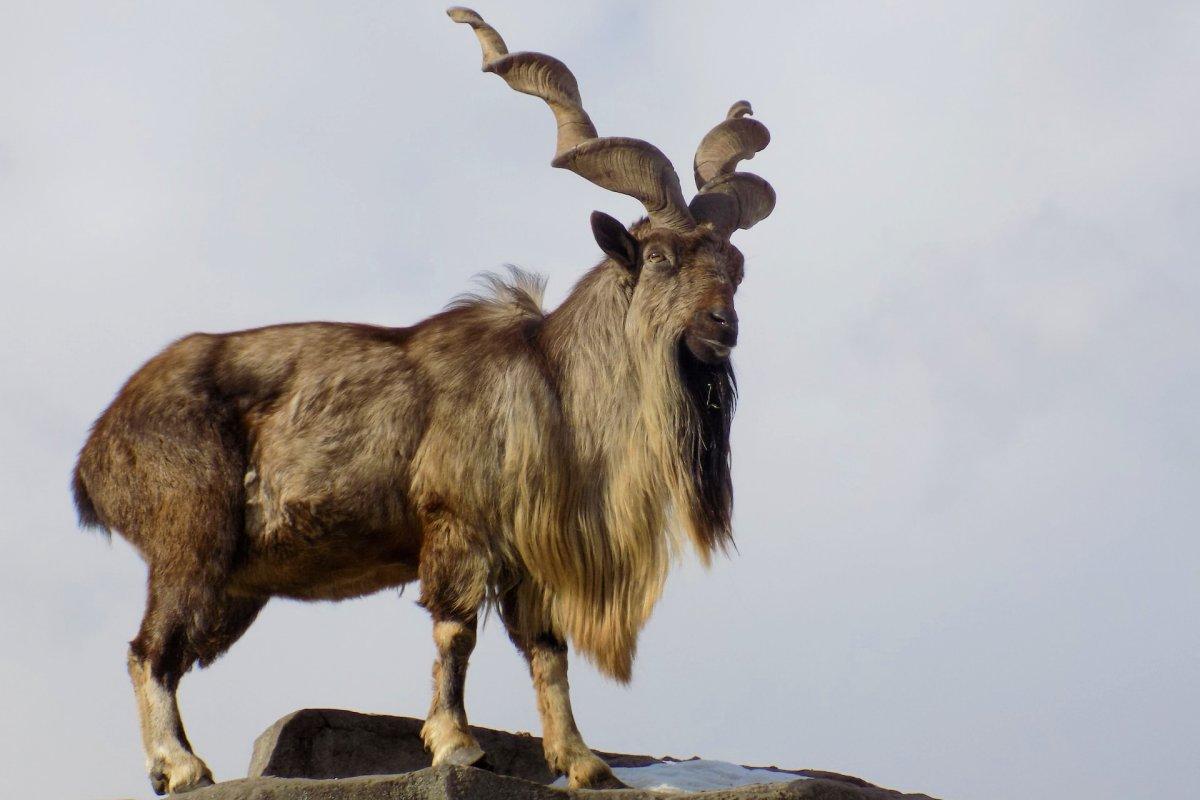
How Many Animals Native to Kyrgyzstan?
What is the diversity of native animals in Kyrgyzstan?
Let’s look at the total number of species of Chordata (mammals, birds, fishes, and reptiles).
Total number of animal species in Kyrgyzstan: 531 (5,029 in total in West and Central Asia)
Are there tigers in Kyrgyzstan?
While there used to be tigers in Kyrgyzstan, they can no longer be found in the country.
The southeastern European, Middle Eastern, and Central Asian subspecies of the tiger, the Caspian tiger, disappeared during the 1970s. It used to live in the forests and riverine corridors of the region and was between the Siberian and Bengal tigers in terms of size.
Are there snakes in Kyrgyzstan?
There are definitely snakes in Kyrgyzstan, yes!
About 12 different species of snakes can be found in the country, namely the Caspian cobra, the blunt-nosed viper, the Coluber karelini, the Platyceps karelini, the steppe ribbon racer, the steppe rat snake, Jan’s cliff racer, the Central Asian pit viper, the diadem snake, the Siberian pit viper, the coin-marked snake, and the dice snake.
More About Animals in the World!
Loved these Kyrgyzstan animal facts? Want to see what animals live in other countries?
Then check out these posts:
Or click here to see ALL the facts up on the blog! Spoiler alert: there’s A LOT of them.
Share the knowledge! Click on the buttons below to share information about these famous animals in Kyrgyzstan with your friends, and help them learn more about the world 🙂
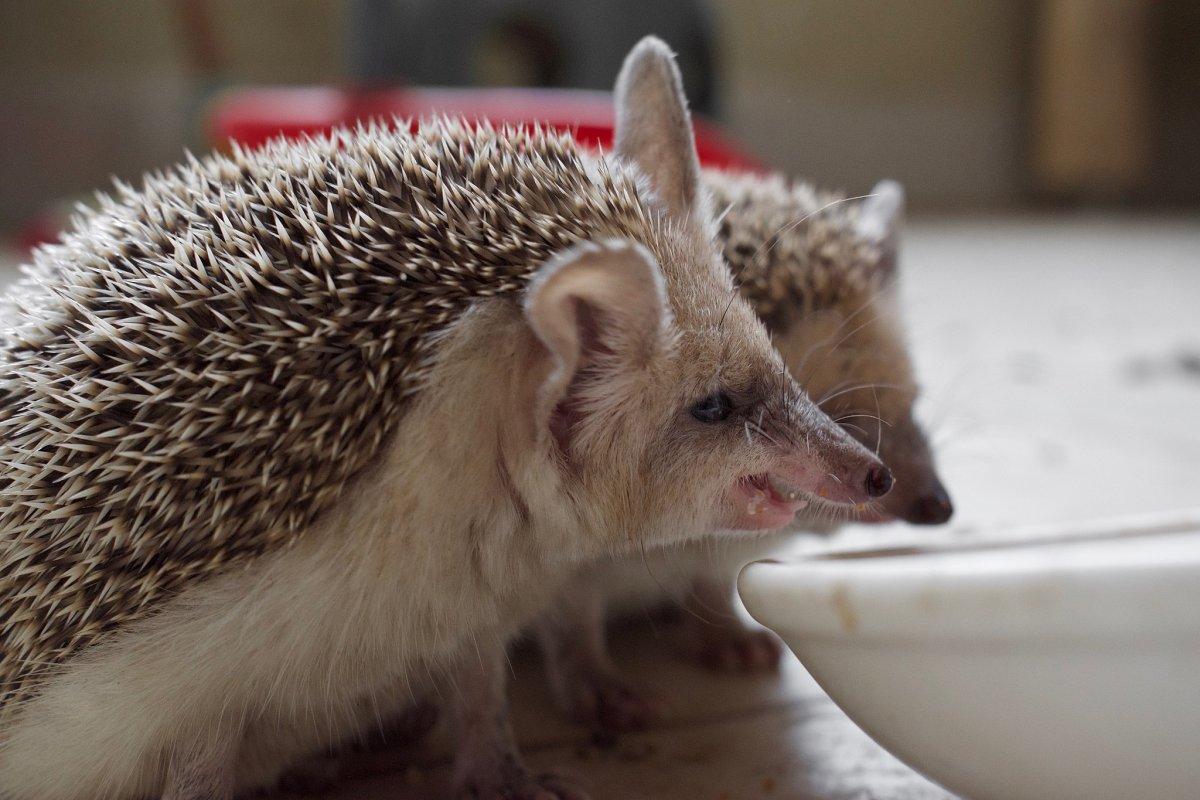

![13 Wild Animals in Djibouti [Wildlife in Djibouti]](https://www.kevmrc.com/wp-content/uploads/2022/12/13-wild-animals-in-djibouti.jpg)
![18 Wild Animals in Zambia [Wildlife in Zambia]](https://www.kevmrc.com/wp-content/uploads/2022/11/18-wild-animals-in-zambia.jpg)
![21 Wild Animals in New South Wales [Wildlife in New South Wales]](https://www.kevmrc.com/wp-content/uploads/2023/01/21-wild-animals-in-new-south-wales-australia.jpg)